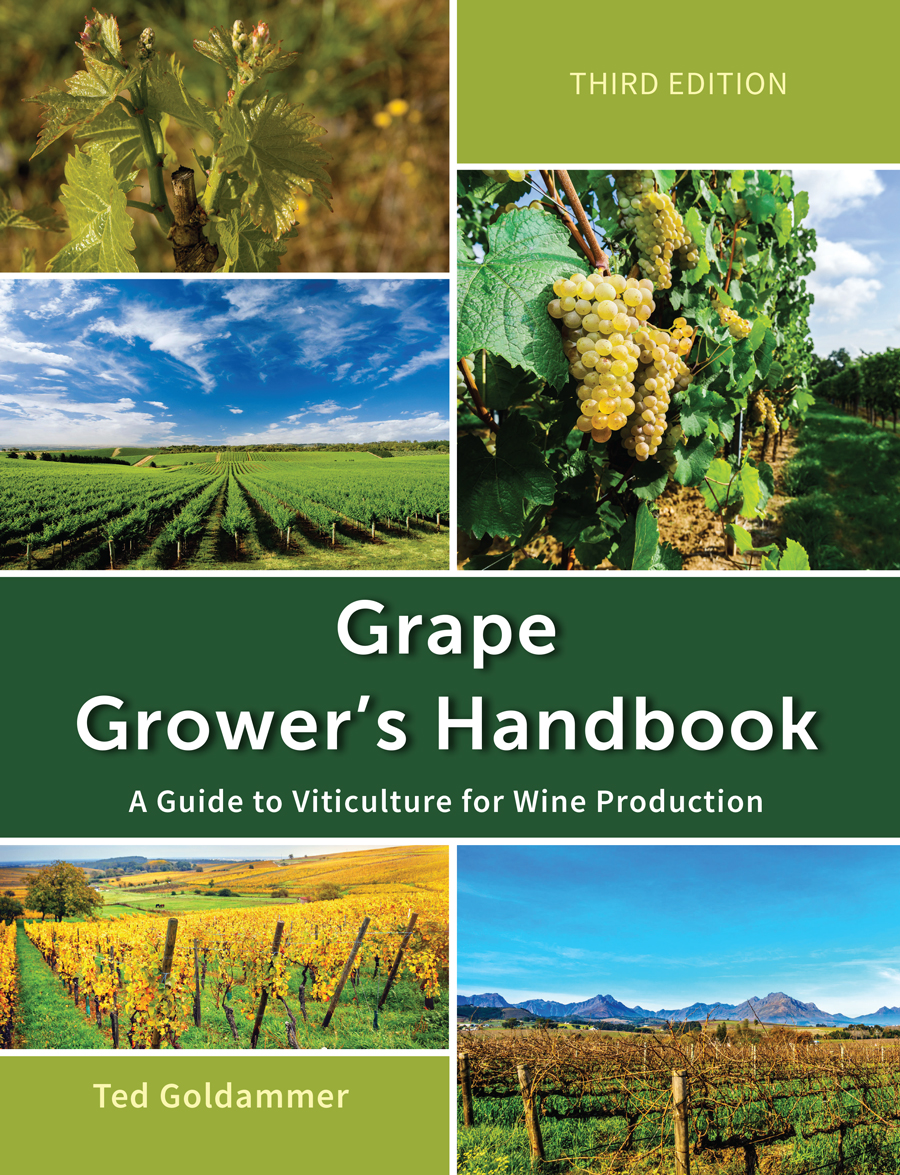Vineyard Weed Management
Cultural Weed Control
Any tactic that makes the crop more competitive against weeds is considered cultural control. Production practices that optimize crop growth enable the crop plants to compete effectively with weeds. Crop management practices that can be used to improve the competitive ability of the crop include the following: crop and variety selection, planting date, population, soil fertility, drainage, etc. Cultural methods are the first line of defense in weed management. Following are several cultural management practices that can enhance crop competitiveness toward weeds.
Cover Crops
Cover crops offer many benefits to a vineyards, including protection against soil erosion, improvement of soil structure, soil fertility enhancement, and weed suppression. Cover crops can be used in a variety of ways to suppress weeds (See Figure 24.1). First, cover crops occupy the space and limit weed growth through direct competition for light, nutrients, and moisture.
Effective Cover Crop Species
Some of the most effective cover crops for weed suppression are winter cereals such as oat, barley, wheat, rye, and triticale, because they all grow faster than weeds.
Cover Crop Residues as Mulch
Annual cover crops may be killed or left to die naturally and used as mulch. By altering light, soil moisture, and soil temperature, mulches limit the germination and growth of weed seedlings. Mechanical methods of killing cover crops that will be left on the soil surface include mowing, rollingcrimping, and undercutting.
Allelopathic Cover Crops
In addition to physically suppressing weeds, many cover crop species produce allelochemicals as they grow and during decomposition, meaning that both living cover crops and decaying residue (incorporated or on the surface) can help to suppress weeds. Commonly used cover crops known to produce allelochemicals and effectively suppress weeds are listed in Table 24.1.
Quarantine
Quarantine is used to minimize the introduction of weeds into the vineyard, and their spread between vineyard blocks. As a preventative measure, quarantine is very cost effective, compared to the resource input required to suppress introduced weeds over the long-term.
Mulching
Mulching has been used in grape production, although it is not widely used. The use of mulch can provide for the effective suppression of many weeds by blocking light, preventing weed seed germination and growth. Mulch applied to the under vine (See Figure 24.2) area can complement an inter-row cover crop providing effective weed control.
Plastic Mulches
Plastic mulches have proven particularly useful in establishing vineyards not only for controlling weeds but to maintain higher moisture levels and promote faster root development.
Click on the following topics for more information on vineyard weed management.

